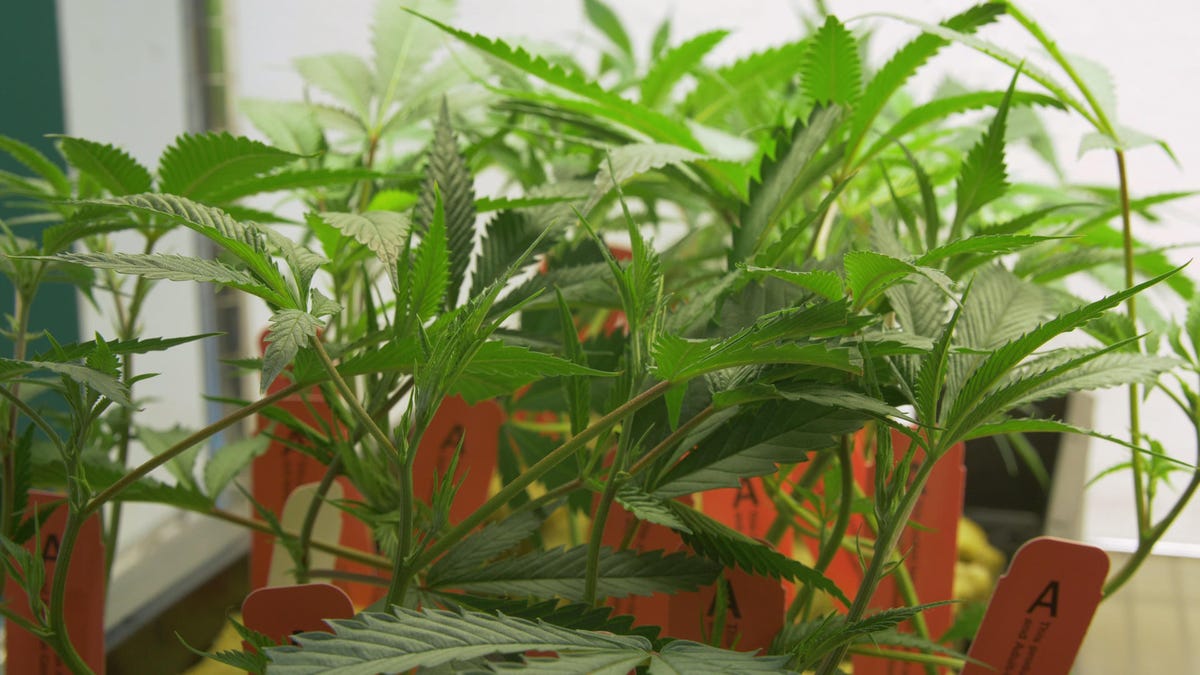Science says sand flies like, totally get the munchies for marijuana
The biting bugs appear to be willing to take long flights to find a fix.

Cannabis plants are a favored food for sand flies.
When they aren't sucking your blood at the beach, there's a decent chance those irritating sand flies are off in the weeds somewhere sucking down some cannabis instead.
Female sand flies snack on blood when incubating their offspring, but the bugs also feed off plants and fruit. The biting bugs are the subject of research, in part, because they can transmit some nasty diseases, including leishmaniasis.
New research published Monday in the Proceedings of the National Academy of Sciences journal finds that sand flies' favorite vegetarian meal might just be marijuana (cannabis sativa).
Researchers sampled the DNA of hundreds of sand flies from different parts of the globe in order to analyze what they had been eating.
Surprisingly, pot was found in the diets of sand flies from five of the six locations involved in the study.
The study says it's not yet clear what attracts sand flies to marijuana or what their preference for pot could mean for the more serious fight against disease, but that it's worth investigating further.
"It may well affect the behavior of sand flies and, thereby, the transmission of leishmaniasis," the paper reads.
Most fascinating is that cannabis was found in the flies even when it wasn't clear where they were finding their fix and when other sources of food were much more plentiful and available.
"The most commonly consumed plant in four of the five sites was C. sativa, despite its apparent lack of abundance in the study sites," reads a release from the team led by Ibrahim Abbasia at The Hebrew University of Jerusalem.
In other words, like certain other species on this planet, sand flies are willing to go out of their way to track down marijuana.

